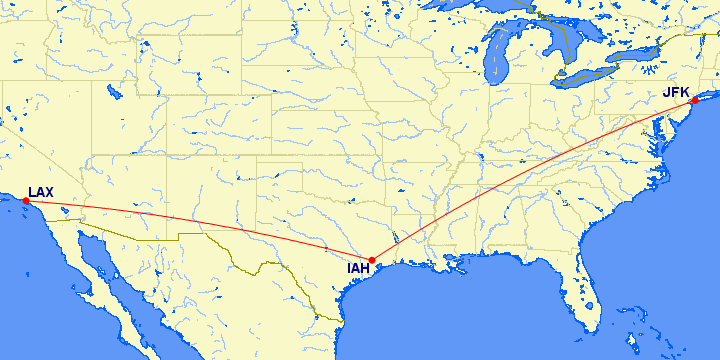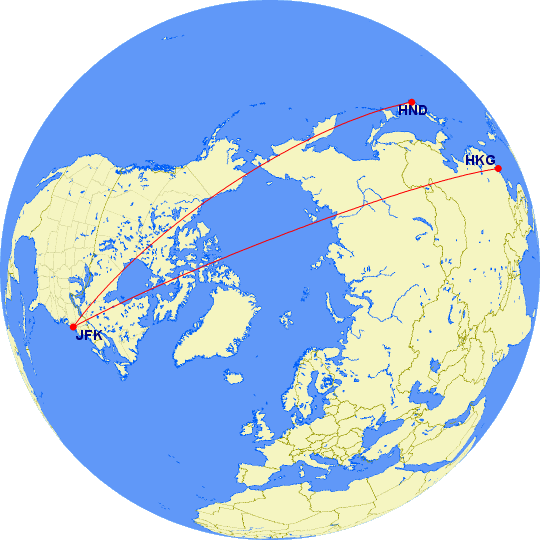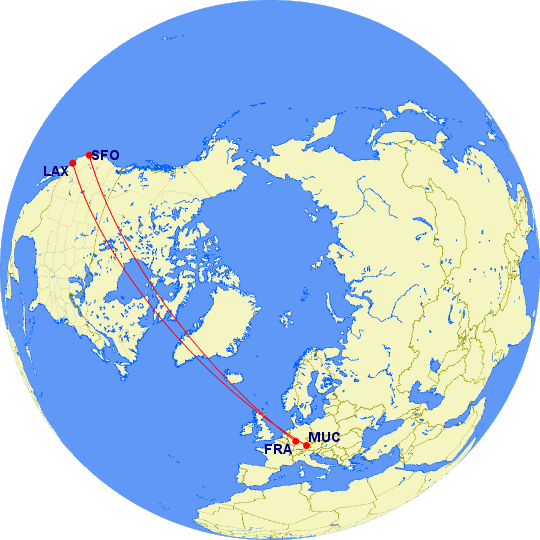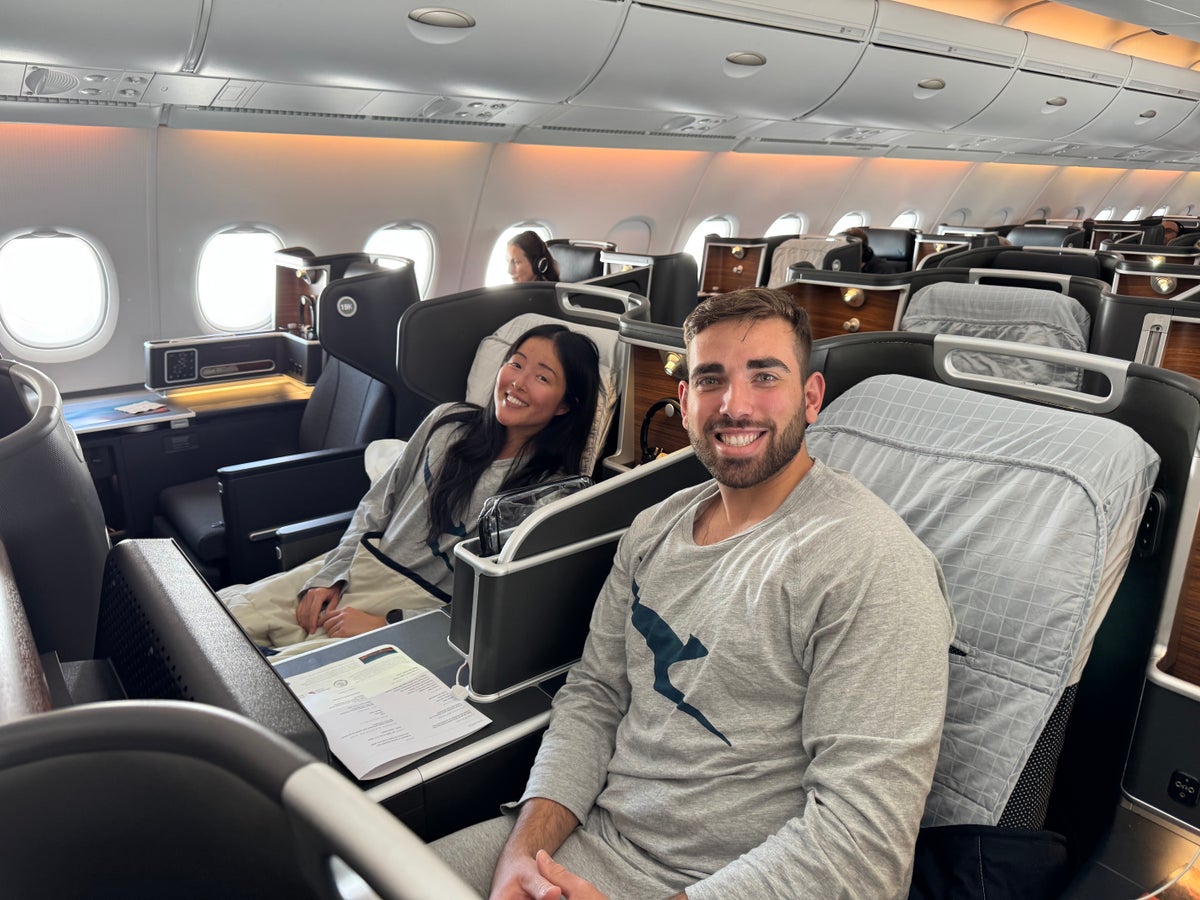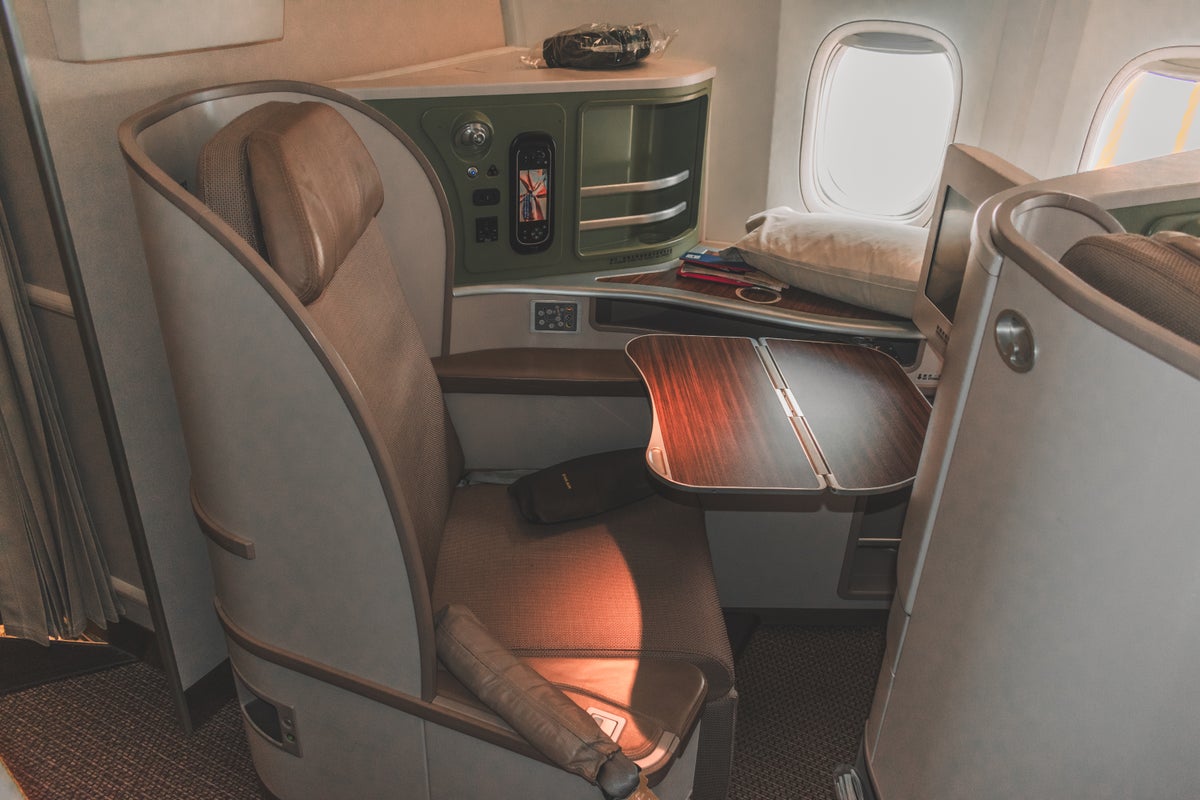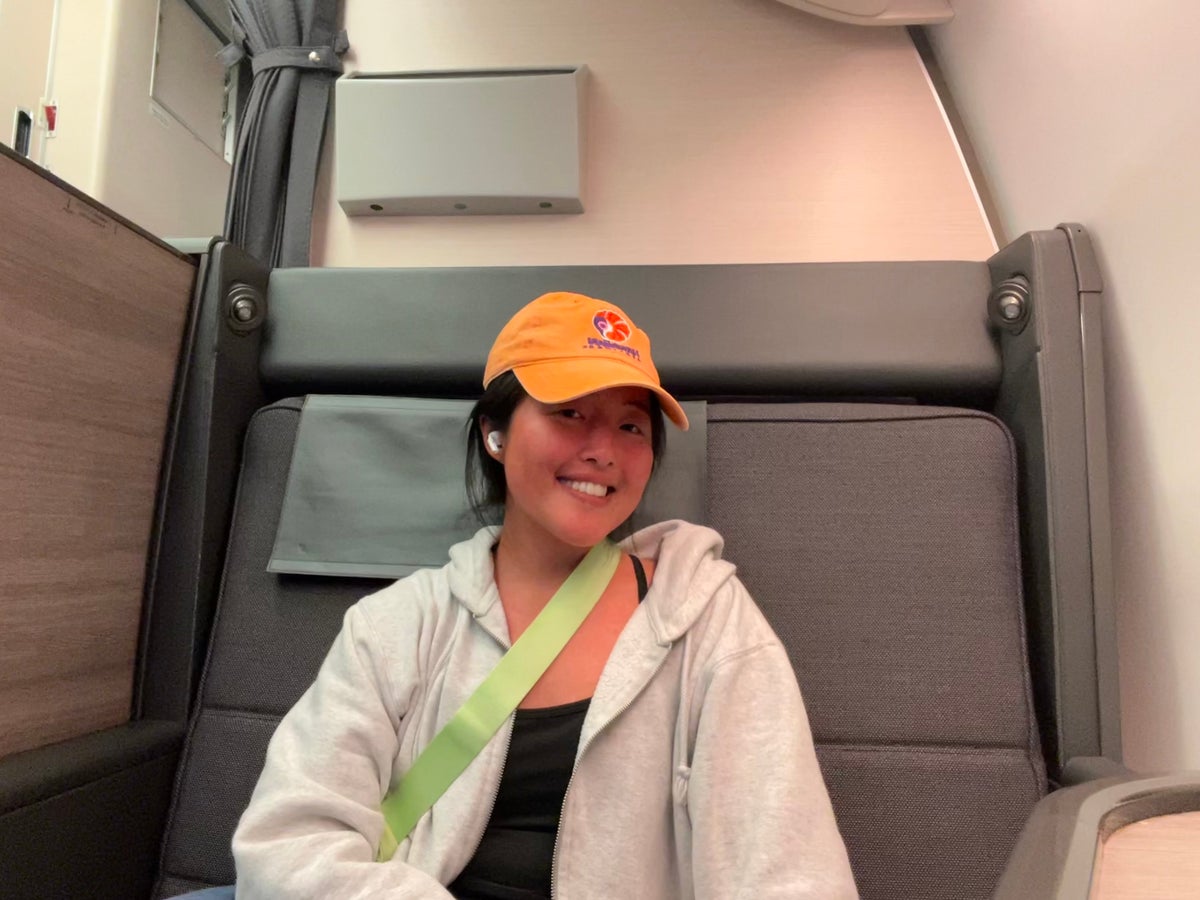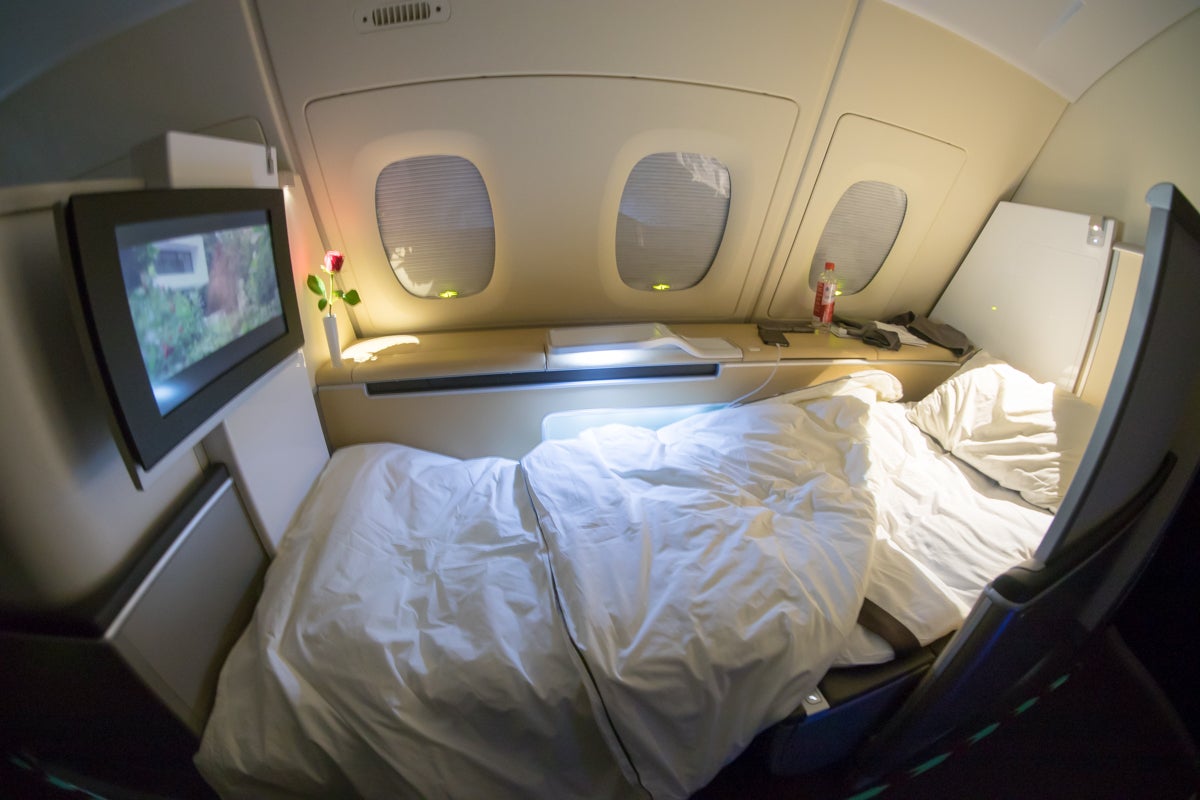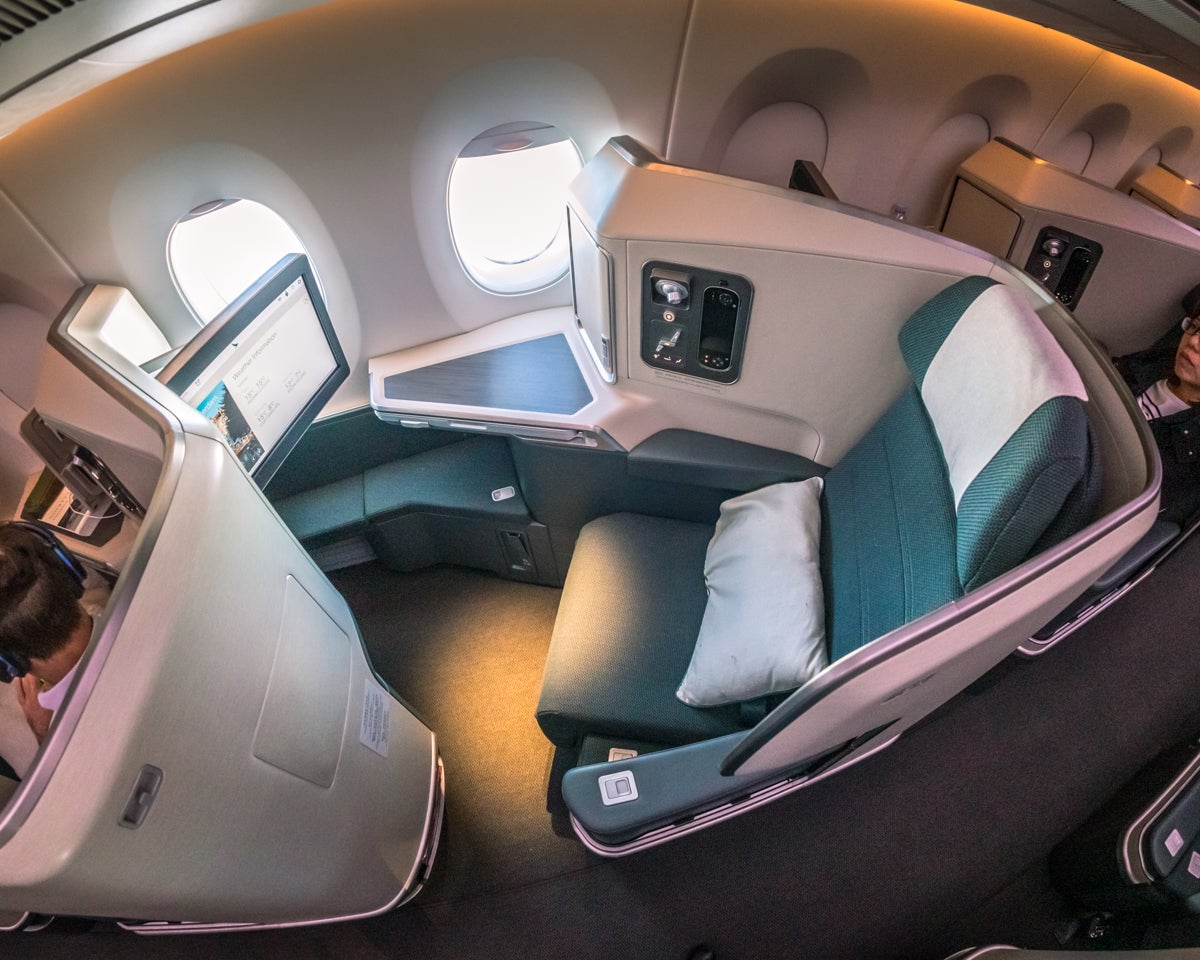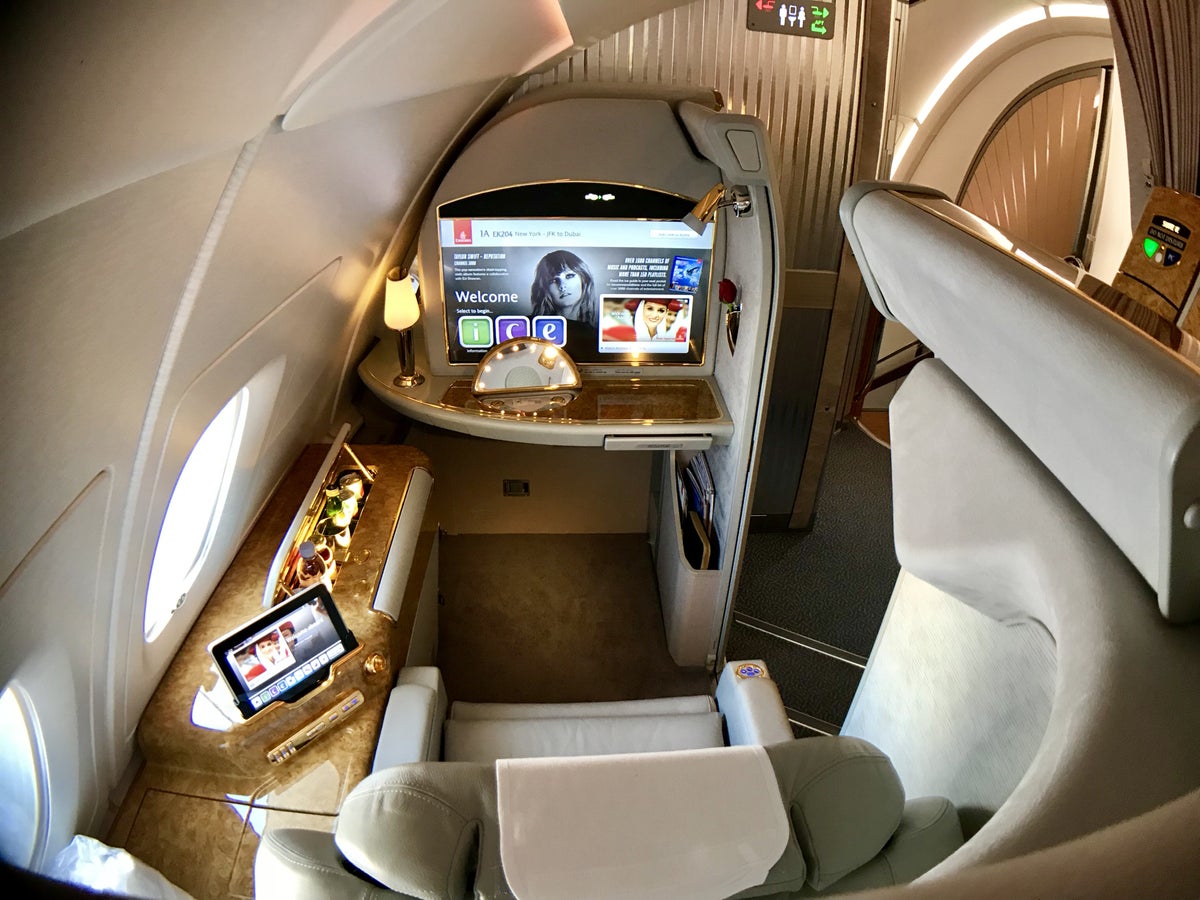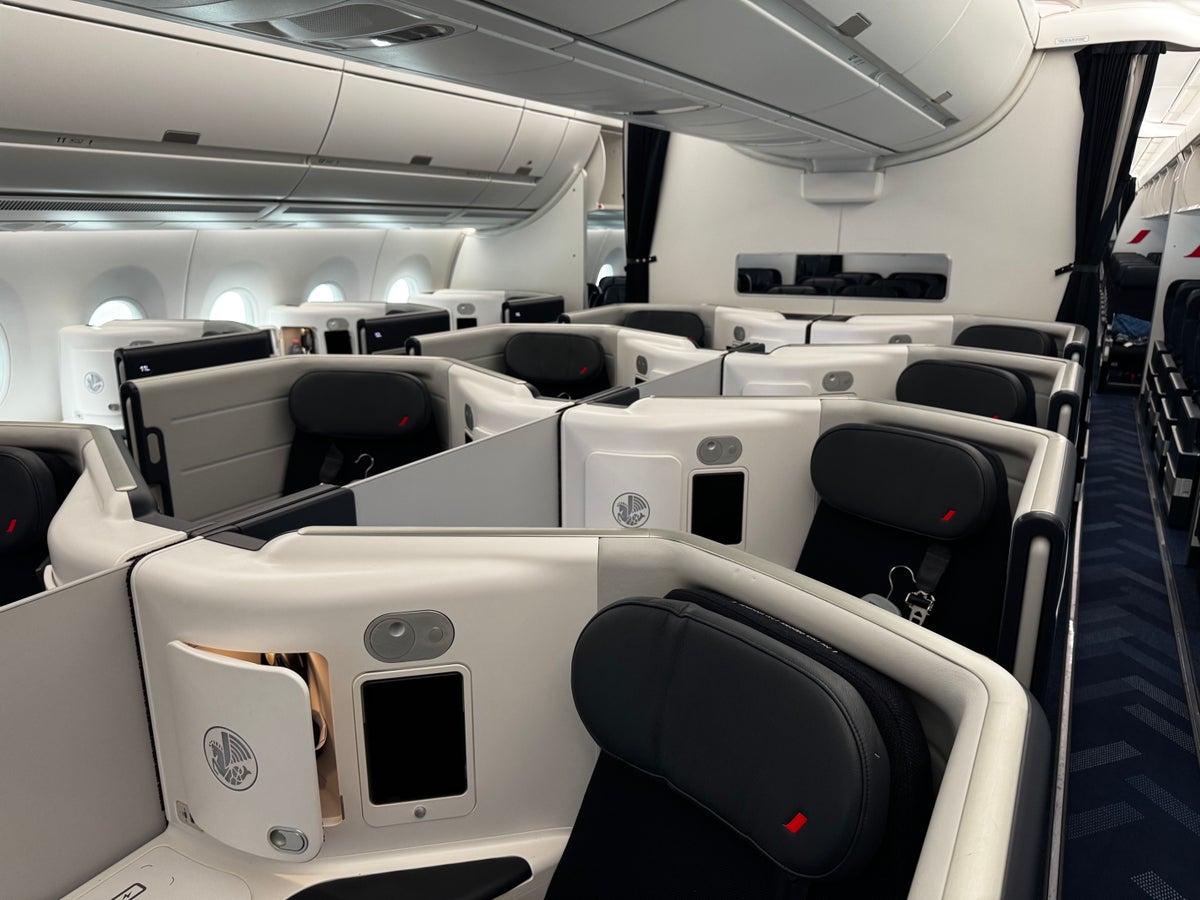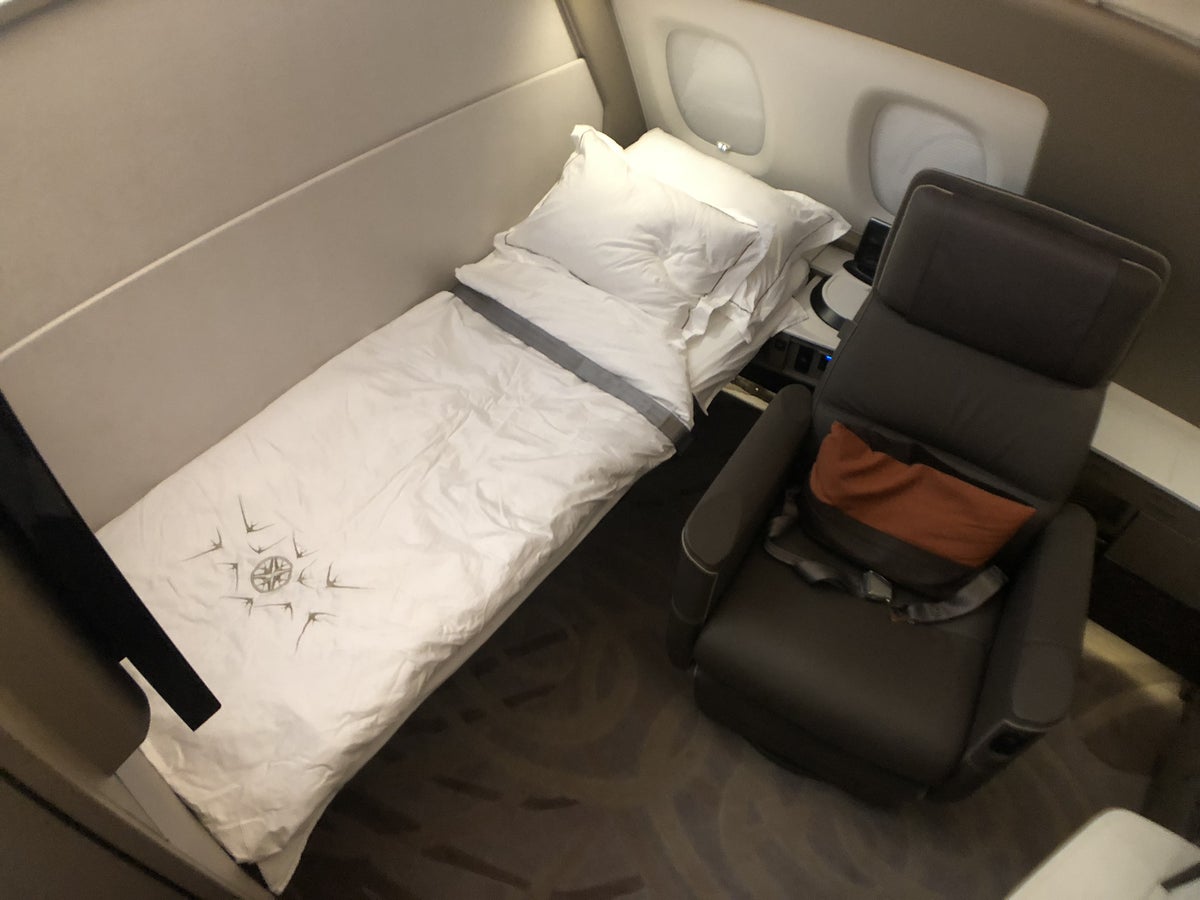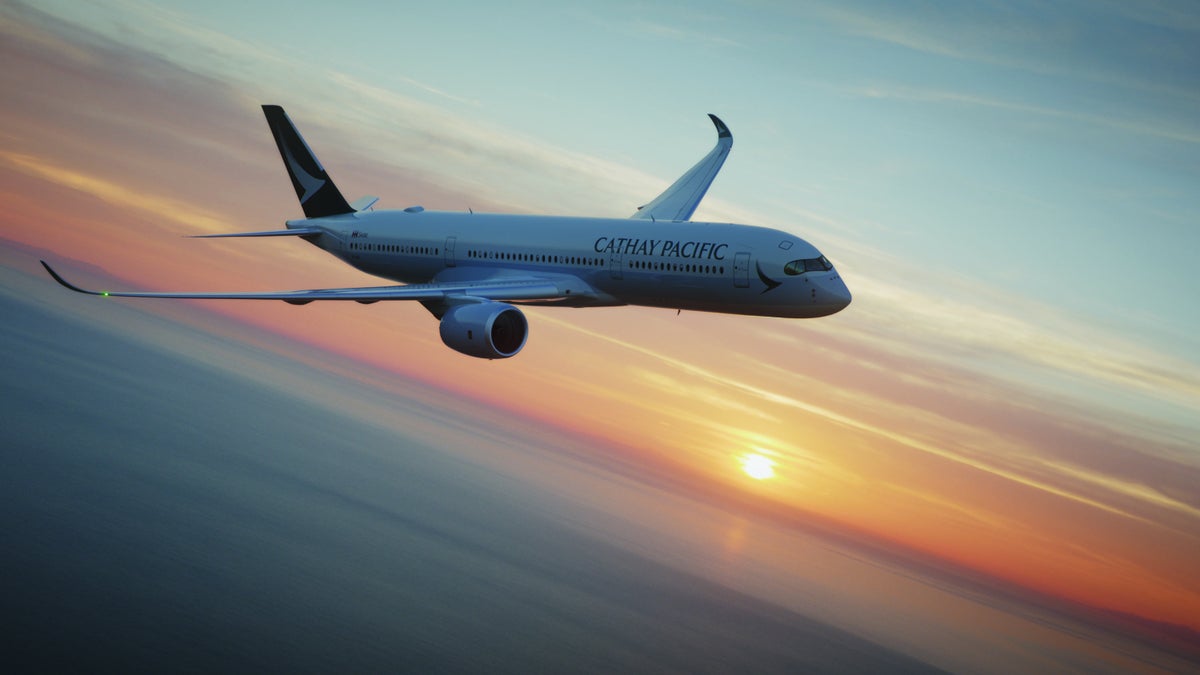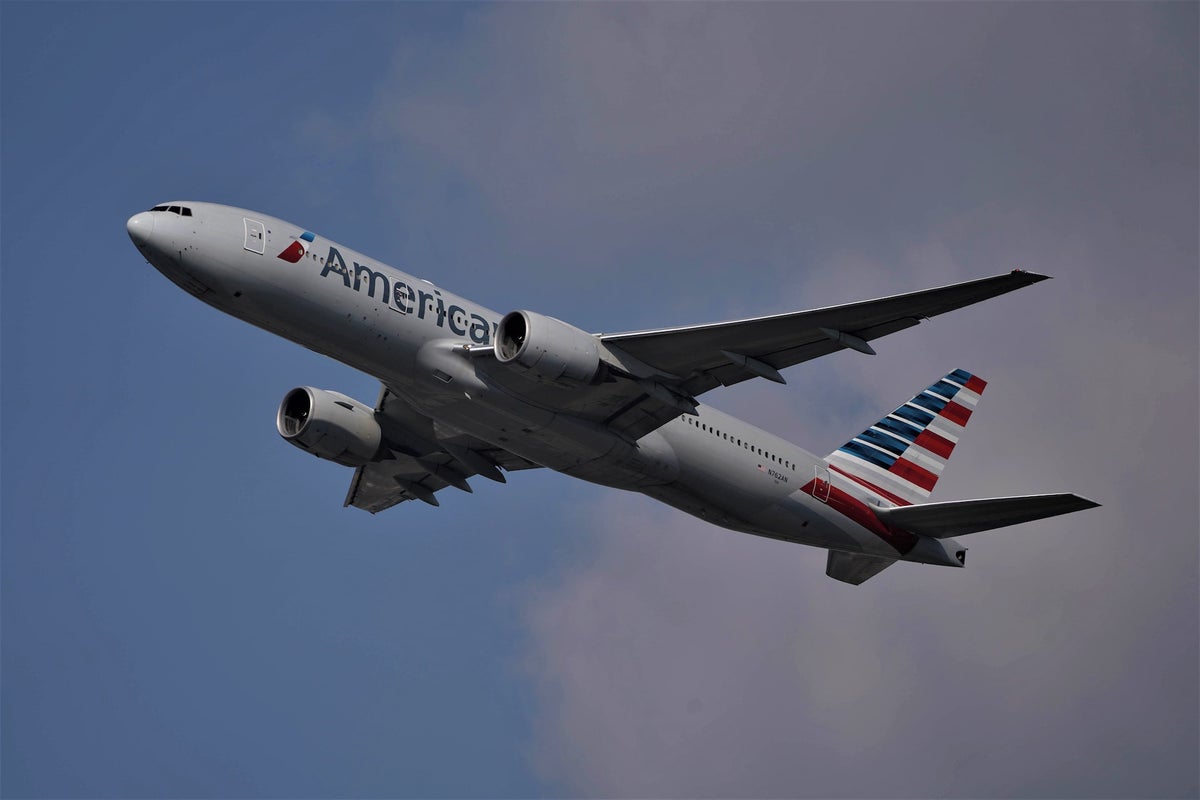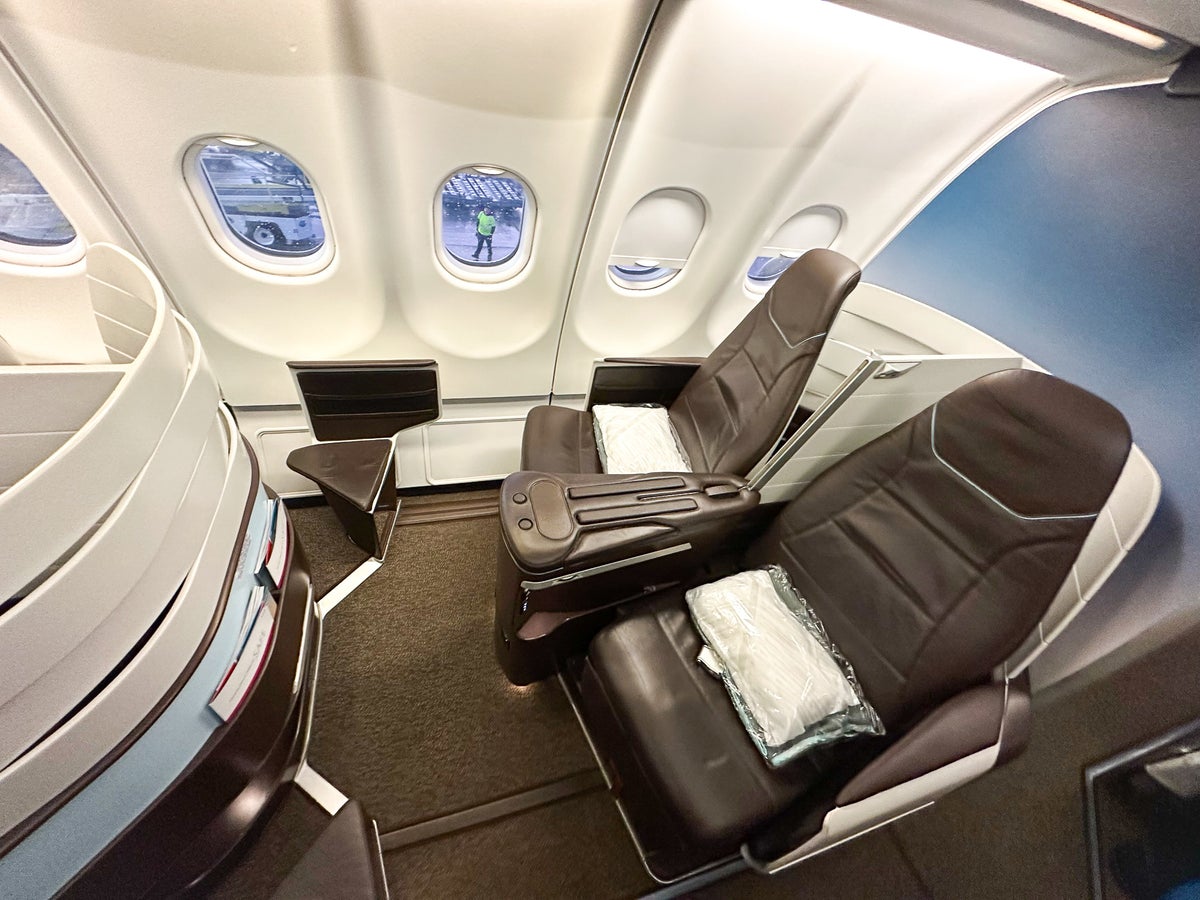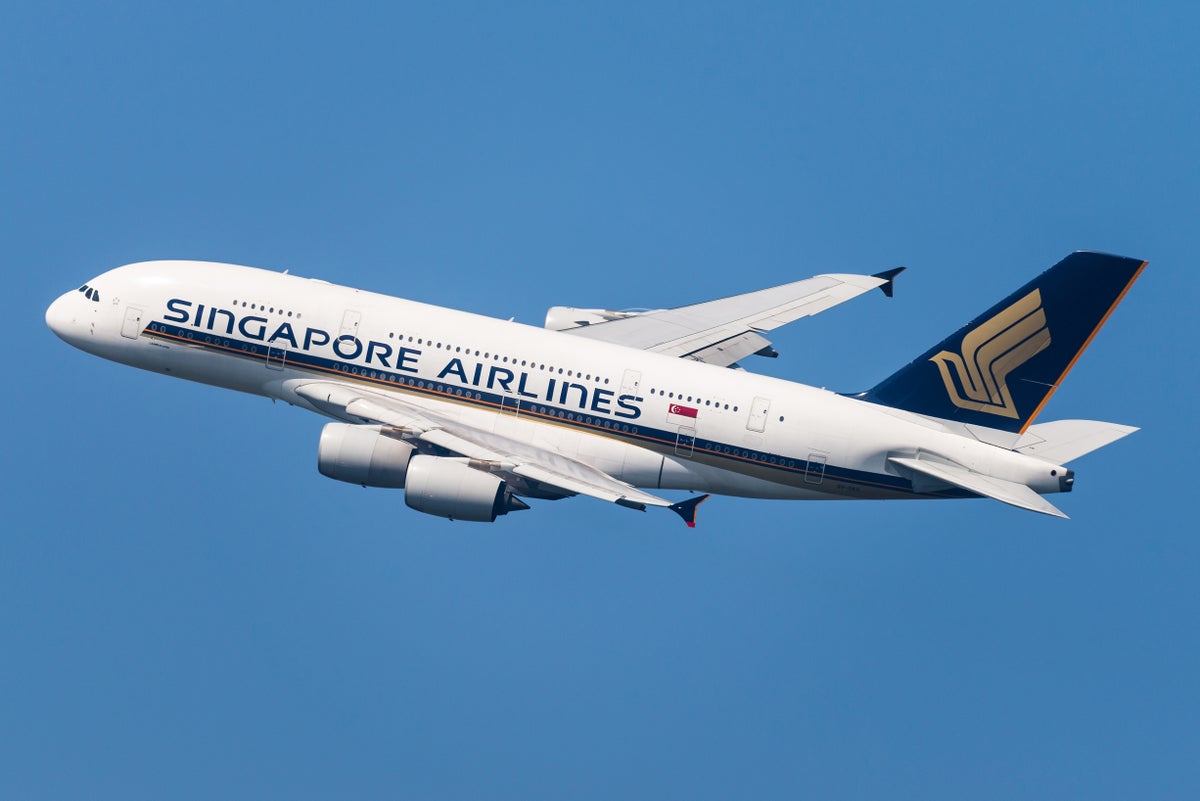Stephen Au
Stephen Au
Former Senior Content Contributor
472 Published Articles
Countries Visited: 24U.S. States Visited: 22
Stephen is an established voice in the credit card space, with over 70 to his name. His work has been in publications like The Washington Post, and his Au Points and Awards Consulting Services is used...
Edited by: Jessica Merritt
Jessica Merritt
Senior Editor & Content Contributor
259 Published Articles 961 Edited Articles
Countries Visited: 4U.S. States Visited: 23
A long-time points and miles student, Jessica is the former Personal Finance Managing Editor at U.S. News and World Report and is passionate about helping consumers fund their travels for as little ca...
& Michael Y. Park
Michael Y. Park
Senior Editor and Content Contributor
58 Published Articles 1446 Edited Articles
Countries Visited: 60+U.S. States Visited: 50
Michael Y. Park is a journalist living in New York City. He’s traveled through Afghanistan disguised as a Hazara Shi’ite, slept with polar bears on the Canadian tundra, picnicked with the king and que...
![How To Maximize Stopovers and Open-Jaws [Ultimate Guide]](https://upgradedpoints.com/wp-content/uploads/2024/07/Departures-And-Arrivals-Information-Upgraded-Points-LLC-2.jpg?auto=webp&disable=upscale&width=1200)
